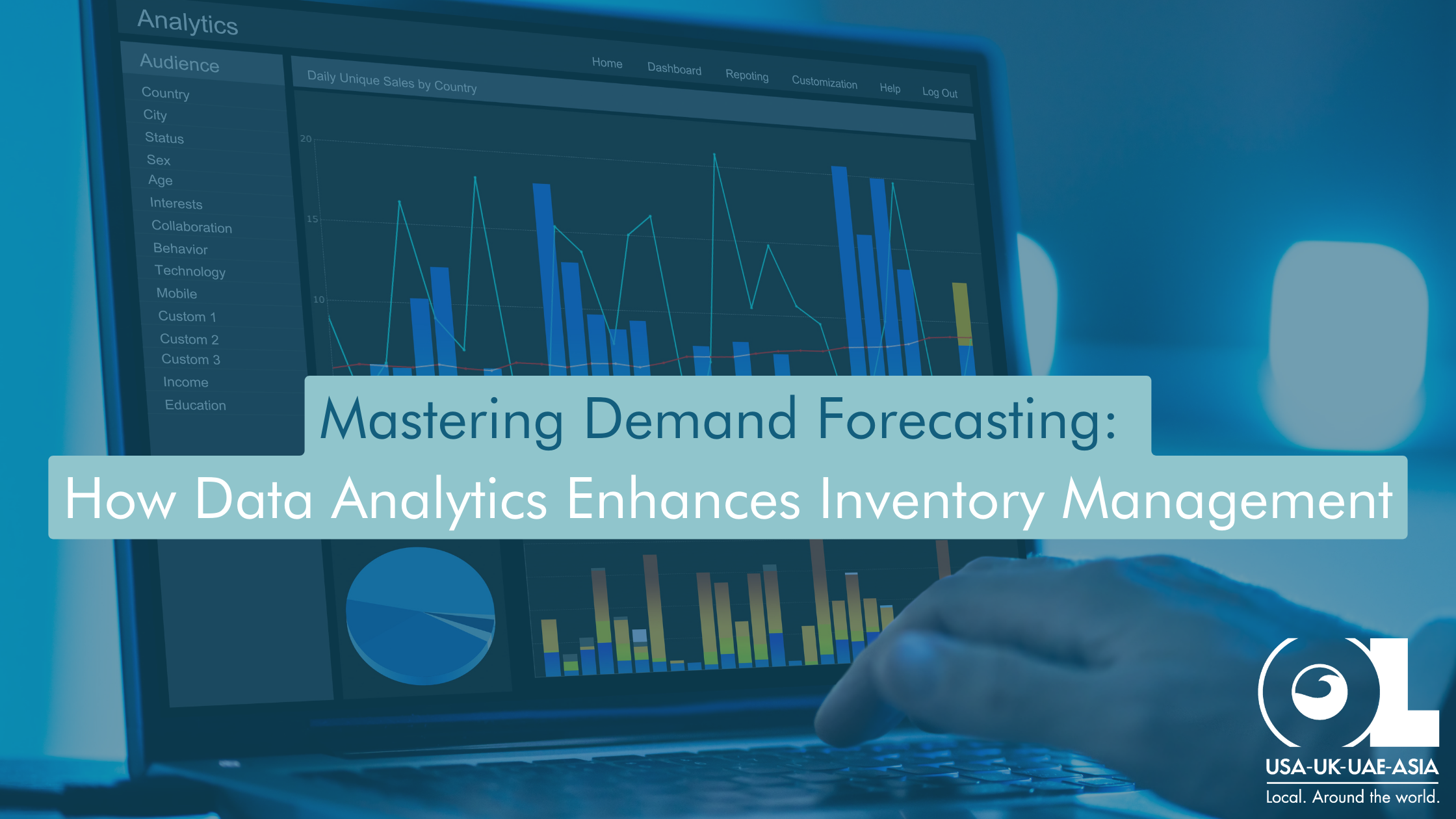Demand forecasting serves as the cornerstone of efficient logistics operations, acting as the compass guiding the intricate dance of supply and demand. At its essence, it’s the art and science of predicting customer needs and market trends, allowing logistics providers to anticipate demand fluctuations and align their inventory accordingly. In the dynamic realm of logistics, where timing is everything and margins are razor-thin, accurate demand forecasting is not just a competitive advantage but a strategic imperative.
Challenges in Demand Forecasting for 3PL Providers:
Yet, amidst the complexity of modern supply chains, 3PL providers encounter a myriad of challenges when attempting to accurately forecast demand and manage inventory with precision.
First and foremost, the sheer volume and velocity of data can overwhelm even the most seasoned logistics professionals. From historical sales data to market trends and seasonal variations, 3PL providers are inundated with a deluge of information, making it challenging to distill actionable insights from the noise.
Moreover, the inherent unpredictability of consumer behavior adds another layer of complexity. Consumer preferences can shift suddenly, influenced by myriad factors ranging from economic indicators to social media trends. This volatility makes it difficult for 3PL providers to anticipate demand patterns accurately and adjust their inventory levels accordingly.
Compounding these challenges is the fragmented nature of supply chains, characterized by disparate systems and stakeholders. In many cases, 3PL providers must navigate a labyrinth of suppliers, manufacturers, distributors, and retailers, each with its own data silos and operational quirks. This lack of integration and visibility hampers the ability to collaborate effectively and share real-time insights, exacerbating the difficulty of forecasting demand accurately.
Furthermore, the rise of omnichannel retailing has blurred the lines between traditional brick-and-mortar stores and e-commerce platforms, further complicating demand forecasting efforts. With consumers expecting seamless shopping experiences across online and offline channels, 3PL providers must contend with a multitude of sales channels, each with its own demand dynamics and fulfillment requirements.
It’s not merely about predicting future sales figures but rather about orchestrating a finely tuned symphony of supply and demand. At its core, demand forecasting is about anticipating customer needs before they arise, ensuring that the right products are in the right place at the right time.
Optimizing Inventory Levels: Accurate demand forecasting empowers 3PL providers to optimize their inventory levels, striking the delicate balance between excess and shortage. By anticipating fluctuations in demand, logistics companies can ensure that they have sufficient stock on hand to meet customer requirements without overburdening their warehouses with excess inventory. This not only minimizes carrying costs but also enhances operational efficiency and frees up capital for other strategic initiatives.
Reducing Stockouts: One of the most significant pain points for both logistics providers and their customers is the dreaded stockout – the scenario where demand exceeds supply, leaving shelves bare and customers disgruntled. By leveraging advanced demand forecasting techniques, 3PL providers can proactively identify potential stockout situations and take preemptive measures to replenish inventory or adjust production schedules. This not only preserves customer satisfaction but also safeguards against lost sales and reputational damage.
Minimizing Excess Inventory: Conversely, inaccurate demand forecasting can lead to the accumulation of excess inventory – a costly burden that ties up capital and consumes valuable warehouse space. Excess inventory incurs carrying costs, depreciation, and the risk of obsolescence, eroding profitability and hindering cash flow. By honing their demand forecasting capabilities, 3PL providers can minimize the risk of overstocking and ensure that inventory levels are aligned with actual demand, maximizing efficiency and profitability.
Impact of Inaccurate Forecasting on Supply Chain Costs and Customer Satisfaction: The ramifications of inaccurate demand forecasting reverberate throughout the supply chain, impacting everything from procurement and production to distribution and customer service. Inaccurate forecasts can lead to suboptimal inventory levels, resulting in increased carrying costs, expedited shipping expenses, and lost sales opportunities. Moreover, frequent stockouts or excess inventory can erode customer trust and satisfaction, tarnishing the brand’s reputation and driving customers into the arms of competitors.
Emphasizing the Dynamic Nature of Demand Patterns: In today’s fast-paced market, demand patterns are anything but static. Consumer preferences can shift suddenly in response to emerging trends, economic indicators, or geopolitical events. As such, 3PL providers must possess the agility and foresight to adapt to these dynamic fluctuations in real-time. Static forecasting methods simply cannot keep pace with the rapid cadence of today’s market, underscoring the need for data-driven insights and predictive analytics.
The Role of Data Analytics in Demand Forecasting:
In this era of big data and digital disruption, data analytics has emerged as a powerful tool for unlocking hidden insights and driving informed decision-making. By harnessing the wealth of data at their disposal, 3PL providers can gain a deeper understanding of market trends, consumer behavior, and supply chain dynamics, enabling them to make more accurate and timely forecasts.
Leveraging Historical Data, Market Trends, and External Factors: At the heart of data analytics-driven demand forecasting lies the ability to leverage a diverse array of data sources, including historical sales data, market trends, and external factors such as weather patterns, economic indicators, and social media sentiment. By analyzing this wealth of data, 3PL providers can uncover hidden patterns and correlations that may elude traditional forecasting methods, gaining valuable insights into future demand trends.
Introducing Predictive Modeling Techniques: Central to the efficacy of data analytics in demand forecasting are predictive modeling techniques such as machine learning algorithms and statistical analysis. Machine learning algorithms, in particular, excel at identifying complex patterns and relationships within vast datasets, enabling 3PL providers to generate highly accurate forecasts with minimal human intervention. Statistical analysis, on the other hand, provides a robust framework for analyzing historical data and identifying trends, helping to inform more accurate forecasts.
Illustrating the Benefits of Data-Driven Decision-Making: The benefits of data-driven decision-making in demand planning are manifold. By leveraging advanced analytics techniques, 3PL providers can achieve a higher degree of forecast accuracy, enabling them to optimize inventory levels, reduce stockouts, and minimize excess inventory. Moreover, data-driven insights enable 3PL providers to respond swiftly to changing market conditions, adjusting production schedules, and inventory levels in real-time to meet evolving customer demand. This enhanced agility not only enhances operational efficiency but also strengthens customer satisfaction and loyalty, positioning 3PL providers for long-term success in today’s competitive landscape.



